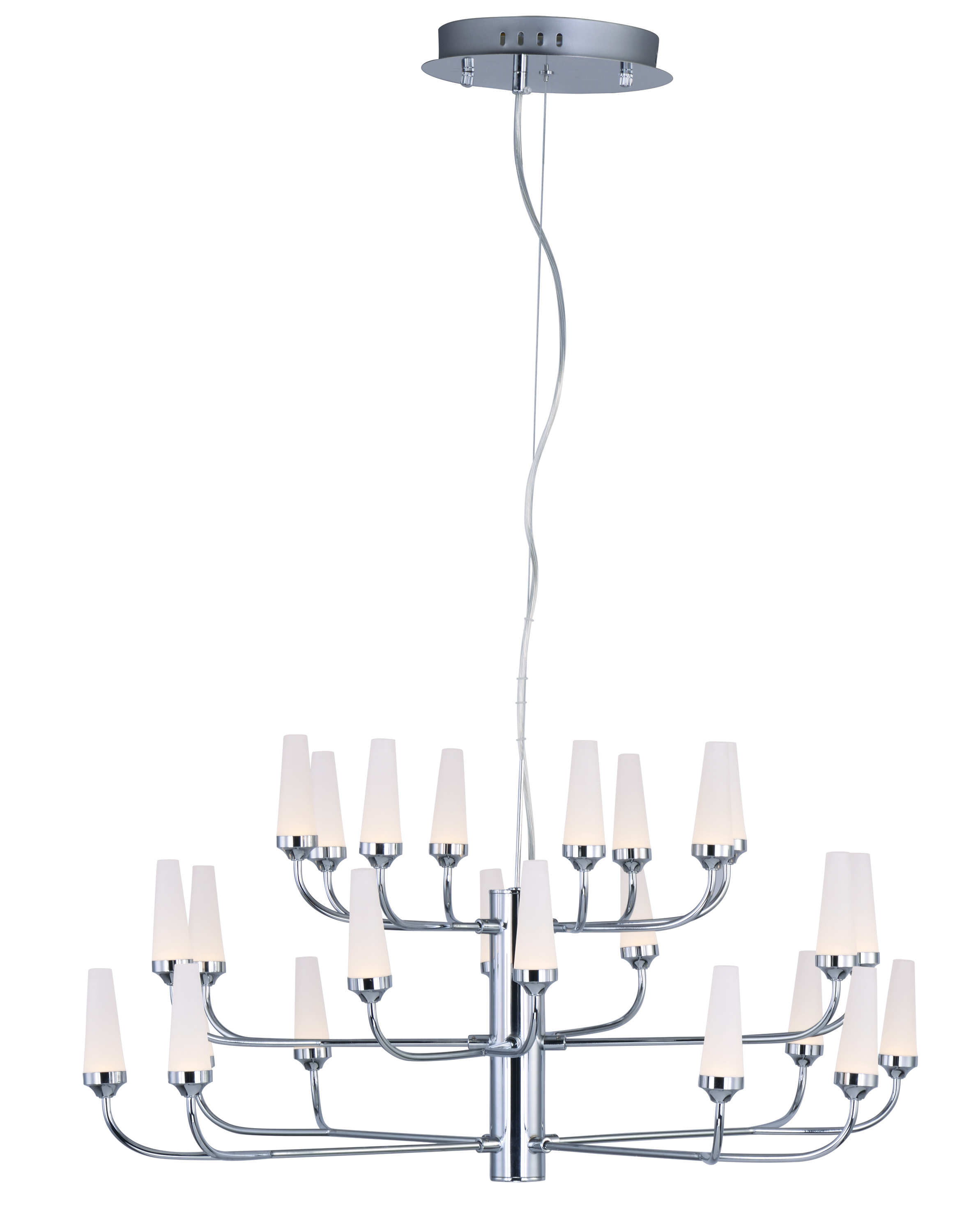
This principle also applies with lux comparisons to lumens and candela.

You'd want to compare two candela or two lumens ratings. Trying to compare one with the other information between two products won't provide an accurate result. Trying to compare these two information points to find the right light bulb is like comparing horsepower to speed for an automobile.Īlthough one engine might have a stronger HP rating, both can eventually reach 60 miles per hour.Ĭandela and lumens measure different intensity aspects. That's because you're only looking at the visible light from the source. If you measured the lumens in that situation, it would cut the rating by 50%. The 3 CD rating remains unchanged because the parts left unobscured are still visible from the same distance. Let's say that half of the bulb gets obscured, leaving a single hemisphere to provide illumination. That product would provide approximately 38 lumens when it offers uninterrupted illumination. Imagine having a light bulb turned on with a 3 CD rating. When candela ratings remain the same when light becomes obscured, a lumen rating decreases because less total light is available. This information provides data about how much luminous flux is available in the product, referring to its total visible light. Most light bulbs offer measurements in lumens today. Even though the lumens stay the same (500), the lux rating decreases to 100 because of the extra space that requires illumination.Īlthough this information isn't always helpful for indoor lighting needs, it does provide data about replicating daylight inside or providing appropriate task light installation.įull daylight delivers up to 25,000 lux, while moonlight offers one. Now let's say the spotlight gets backed up so that it now shines over five square meters. If you have a spotlight that shines only in one square meter with a 500-lumen rating, the surface area has a 500-lux rating. That info is necessary because any proximity alterations change the perceived lux level.

Lamps displaying lux measurements for brightness usually list a distance from the bulb as part of the information. lumens, a single lux is equivalent to one lumen within a square meter. That's the amount of light within a specific per-unit surface area. When a light bulb promotes its lux rating, that means you're seeing a measurement of illuminance. Even if you block a portion of the light, the same intensity is seen from the areas that aren't obscured. Products like spotlights and laser pointers tend to have the industry's highest candlepower rating because most of the illumination focuses in a single direction. That means the CD rating is different from lumens because you're looking at an intensity rating vs. If one horsepower is equivalent to the performance of a single horse, one candlepower equals the light output from a single candle.Īny light eventually becomes too dim to see when you're far enough away from it. It lets you know how bright the light is based on how far away you are while still seeing it.Ĭandlepower and horsepower are structured similarly from a measurement point of view. It's the base measurement used to determine the product's luminous power intensity. Instead of taking your best guess at what a product offers, this guide takes a closer look at what you can expect when encountering these terms.Ĭandela is often seen as a candlepower or “CD" rating for lights. Why doesn't the industry use the same term to measure what you need to know when purchasing new bulbs? One offers information about candela, another talks about lux, and there are lumens out there to consider. That means it's time to visit the store or start shopping online.Īs you pick up the product or read the manufacturer's description, you start finding different terms. After checking the pantry and your garage, you realize that you're out of light bulbs to use. You've got a light that just blinked out at home. Behind the Magic: Fun Things about How LED Light Change Colors.Guide to Replacing Incandescent Light Bulbs with LED.Four-inch vs Six-inch Recessed Lighting Which Is Better?.

What is the Difference: Dimmable vs Non-Dimmable Bulbs.
#Candela lighting definition how to
How to Choose Between 2700K and 3000K Color Temperatures?.A19 vs A21 Light Bulbs A Comparison of Two Popular Choices.Why My LED Light is Flickering and How to Solve it?.How to Choose the Best Color Temperature for Your Home.


 0 kommentar(er)
0 kommentar(er)
